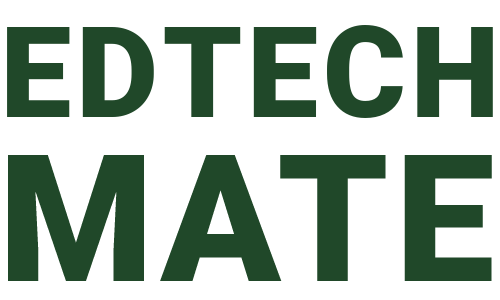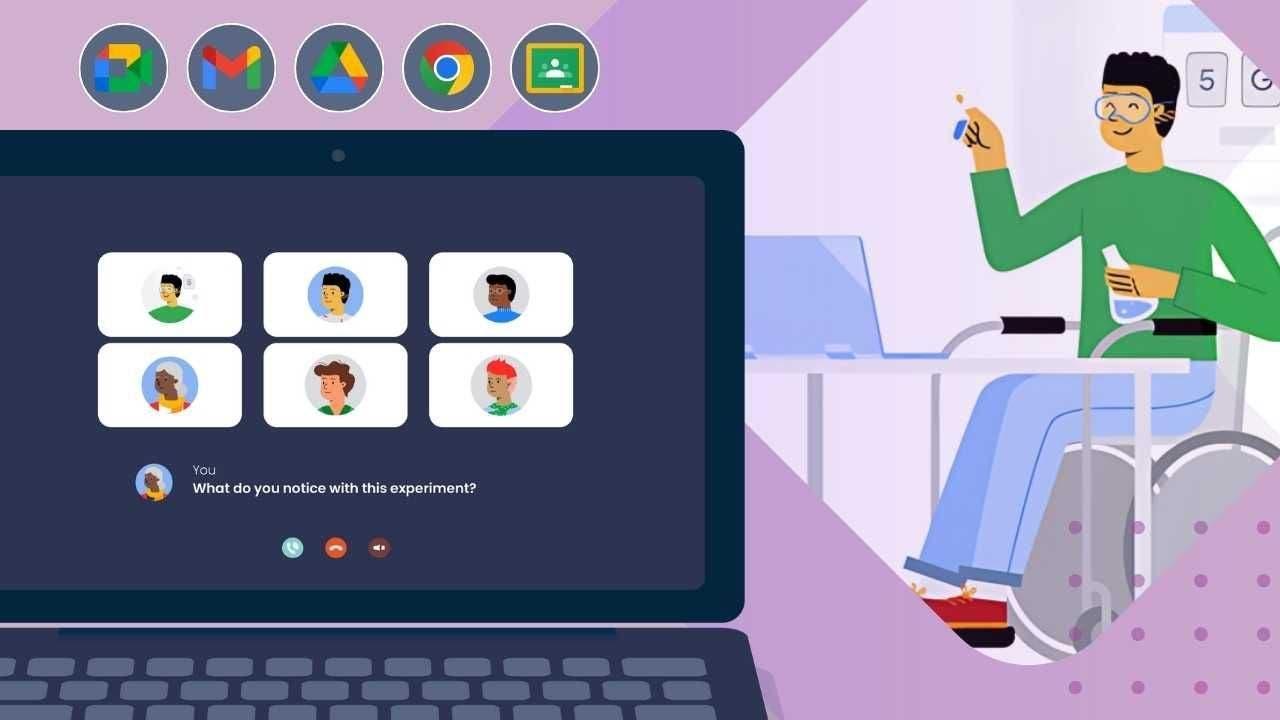Unlocking Learning for All: Ensuring Digital Accessibility in Educational Tools
Introduction
Digital technology has revolutionized education, expanding access to resources and allowing for innovative learning experiences.However, for these innovations to truly transform education and be inclusive, digital accessibility in educational tools is paramount. Without accessible platforms, millions of students—those wiht disabilities, differing learning styles, or limited digital literacy—risks being left behind.
This article delves deep into the importance of digital accessibility,explores recognized standards,offers practical strategies for educators and developers,showcases real-world case studies,and highlights the ultimate benefits of inclusivity in educational technology.
Why Digital Accessibility in Educational Tools Matters
Accessibility isn’t just a legal requirement—it’s a core aspect of equitable education. Accessible educational tools ensure that everyone, regardless of ability, can participate fully in digital learning environments. Consider the following:
- Approximately 15% of the world’s population live with some form of disability (WHO).
- Students may have a wide range of needs including visual, auditory, motor, cognitive, or learning impairments.
- Many accessibility features assist not only those with disabilities, but all learners, for example by supporting different learning styles or overcoming temporary challenges (like a noisy environment).
By making digital education accessible, we ensure compliance with global standards (like ADA and WCAG), but more importantly, we support fair and effective learning opportunities for everyone.
Core Principles of Digital Accessibility
Digital accessibility revolves around worldwide design principles and internationally recognized guidelines like WCAG. Here are the four main pillars:
- Perceivable: Information must be presented so all users can recognise it, whether through text, audio, or visual formats.
- Operable: Users should be able to interact with all controls, navigation, and tools—whether using a keyboard, mouse, or option devices.
- Understandable: Digital content should be clear and predictable so every student can easily comprehend and use it.
- robust: Content should be compatible with current and future assistive technologies, ensuring ongoing accessibility.
Best Practices for Ensuring Accessibility in Educational Tools
To design truly accessible educational platforms, consider these essential best practices:
1. Use Semantic HTML and ARIA Landmarks
- Proper use of headings, lists, and labels helps screen readers interpret content effectively.
- ARIA (Accessible Rich Internet Applications) roles and landmarks can provide additional context for complex interfaces.
2. Provide Text Alternatives for Non-Text Content
- Ensure every image, graphic, and video has descriptive
alttext or captions. - For complex diagrams or infographics, offer long descriptions or transcripts.
3. Ensure Keyboard Navigation
- Every part of the tool must be navigable without a mouse.
- Interactive elements like buttons and menus should have a clear focus state for keyboard users.
4. Use Sufficient Color Contrast and Avoid Color Reliance
- Text should have a contrast ratio of at least 4.5:1 against its background to be legible for low-vision users.
- Avoid using only color to convey meaning or feedback—combine it with icons, text, or patterns.
5. Design Clear and Consistent Navigation
- Maintain predictable layouts across pages and across different courses or modules.
- Provide clear labels, instructions, and error messages.
6. test with Real Users and Assistive Technologies
- Conduct usability testing with students who use screen readers, magnification, voice control, and other assistive tools.
- Gather feedback and iterate to address issues that automated accessibility tests might miss.
Practical Tips for Educators and EdTech Developers
Both educators and education technology developers play a vital role in promoting accessibility. Here are actionable tips:
- Choose accessible tools: When selecting digital platforms or resources,look for products that state compliance with WCAG 2.1 or higher, and request accessibility statements from vendors.
- Caption and transcribe media: Always caption educational videos and provide transcripts for audio files. Not only do these help deaf or hard-of-hearing students, but they aid all learners in noisy environments or different learning contexts.
-
Structure content clearly: Use headings (
- Offer multiple means of engagement: Provide options for how students can access content and demonstrate learning (e.g., audio, text, interactive activities).
- Provide training and support: Educate staff and students about using accessibility features within digital platforms, such as screen reader support, zoom options, and keyboard shortcuts.
Digital Accessibility in Action: Case Studies
Several pioneering institutions and EdTech companies have set inspiring benchmarks for accessible learning environments:
1. University of Washington’s DO-IT Center
- The DO-IT Center leads initiatives to make science and engineering programs accessible, offering training and resources for faculty and students.
- They partner with software developers to test and improve the accessibility of learning management systems (LMS).
2. Microsoft’s Learning Tools
- Microsoft has integrated accessibility features—like immersive Reader, dictation, and high-contrast modes—across its Office 365 suite and Teams Education platform.
- These tools help struggling readers, students with dyslexia, and multilingual users fully engage with digital lessons.
3. Accessible EdTech Startups
- Startups such as Read&Write and Voice Dream Reader offer customizable reading and writing solutions specifically designed for accessibility needs in K-12 and higher education.
- Both products arose from direct collaboration with learners and educators, addressing real classroom challenges.
First-Hand Perspectives: The Impact of Accessible Tools
“Using a screen reader with my university’s LMS was a struggle until our IT team made improvements. Now, I can independently register for classes and submit assignments. I feel empowered and included like never before.”
— Saira, undergraduate student with visual impairment
“Captioned videos don’t just help my deaf students—they let everyone catch up on content after class, improving overall learning outcomes.”
— Mr.Reynolds, high school teacher
Benefits of Ensuring Digital Accessibility in Education
- Increases student engagement by catering to a variety of learning styles and needs.
- Boosts academic performance: Accessible materials allow every learner to participate fully and independently.
- Reduces legal risk: Staying compliant with ADA and Section 508 avoids costly lawsuits and penalties.
- Encourages innovation: Designing inclusively frequently enough leads to creative solutions that benefit all users.
- Expands market share for EdTech companies by making products usable by a broader population.
Conclusion: A Call to Action
As digital learning becomes a cornerstone of modern education, ensuring digital accessibility in educational tools is no longer optional—it’s essential. Embracing accessibility standards creates opportunities for every learner, opening doors that might otherwise stay closed.
Educators, administrators, designers, and developers all have a role to play. By prioritizing accessibility from the ground up, sharing best practices, and listening to diverse student voices, we can realize an educational landscape where learning is truly unlocked for all.
The journey to inclusive digital education starts now. Let’s make it a reality for every student, everywhere.

